Research: Sun bears are the least studied of the world’s bears. Weights of adult sun bears have been recorded for less than 25 individuals in the wild. Sign surveys (claw marks on climbed trees and ground digging) and camera trapping have been used to study diet and habitat use. A number of general biodiversity surveys in Southeast Asia using camera trapping have yielded by-catch data on presence of sun bears in different habitats. Camera trapping data has been used to assess occupancy, ratios of sun bears to Asiatic black bears, and as a rough index of population trend, but only one study produced a population estimate. Some studies have looked into sun bear use of oil palm plantations and other crops as a food source, and several studies have shown that sun bears become more nocturnal when using foods associated with humans, but no study has assessed risks to their survival, except anecdotally. Surveys of local people have been used to assess sun bear damage to crops, and people’s use of sun bear parts. Seizure data have been used to assess types and trends in trade in bear parts. Research on captive sun bears has been used to gain important information on reproduction and thermoregulation.
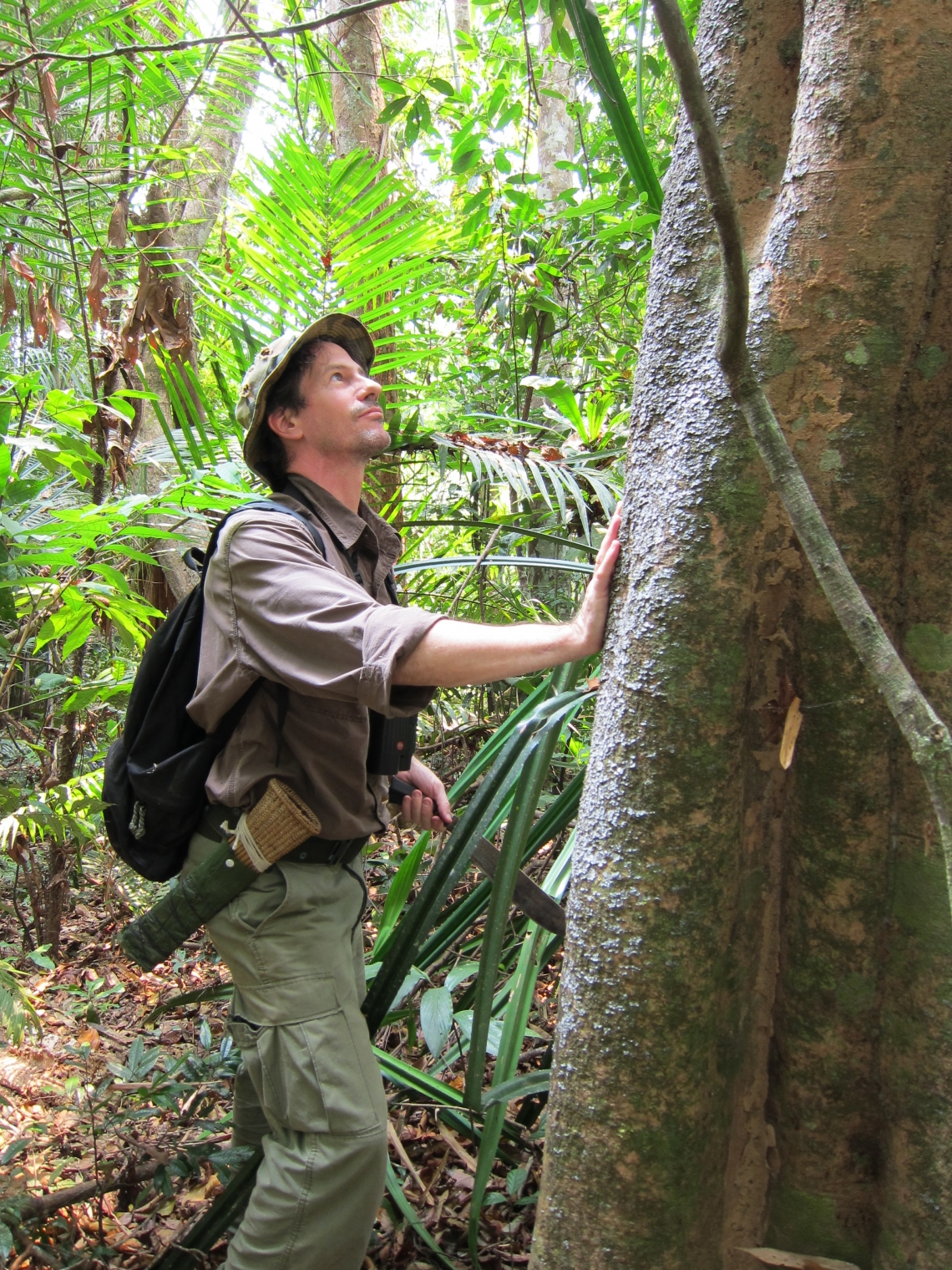
Sun bear_H malayanus_Lao PDR_researcher examines claw marks on tree_D Garshelis
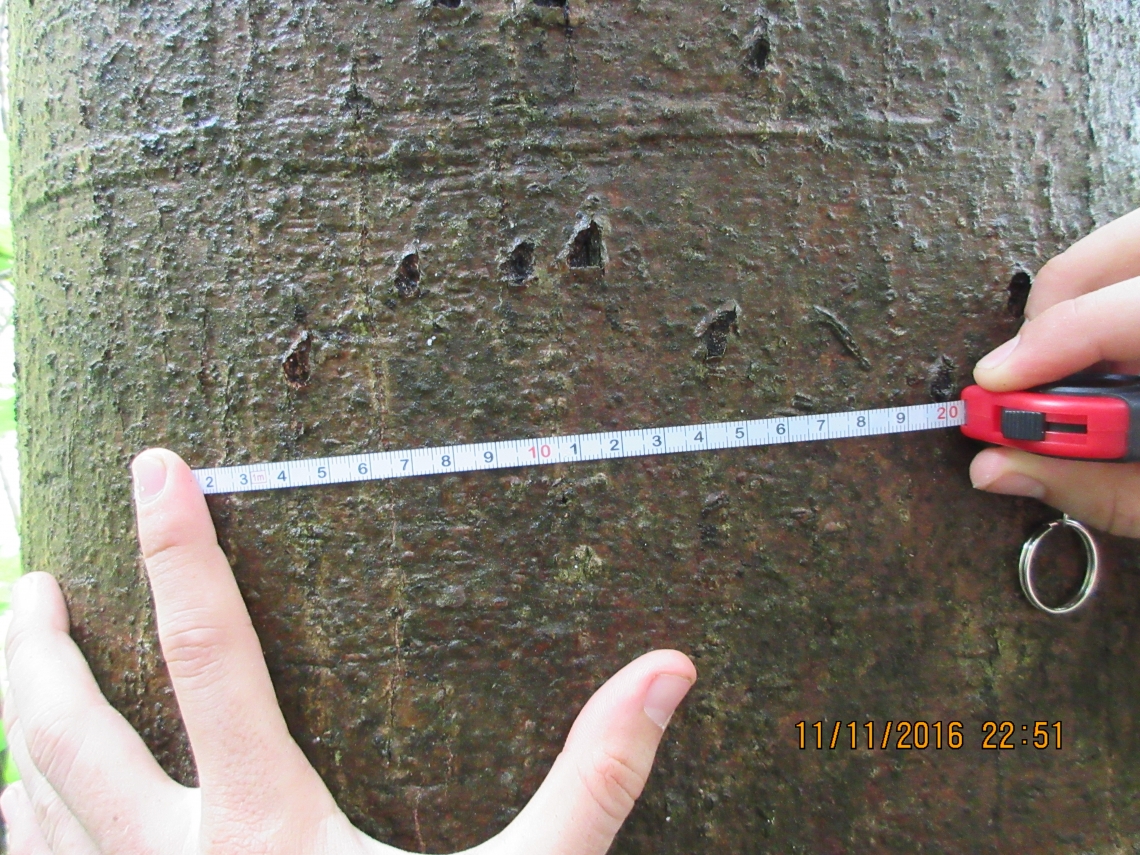
Sun bear_H malayanus_Myanmar_measuring claw mark_L Gaffi
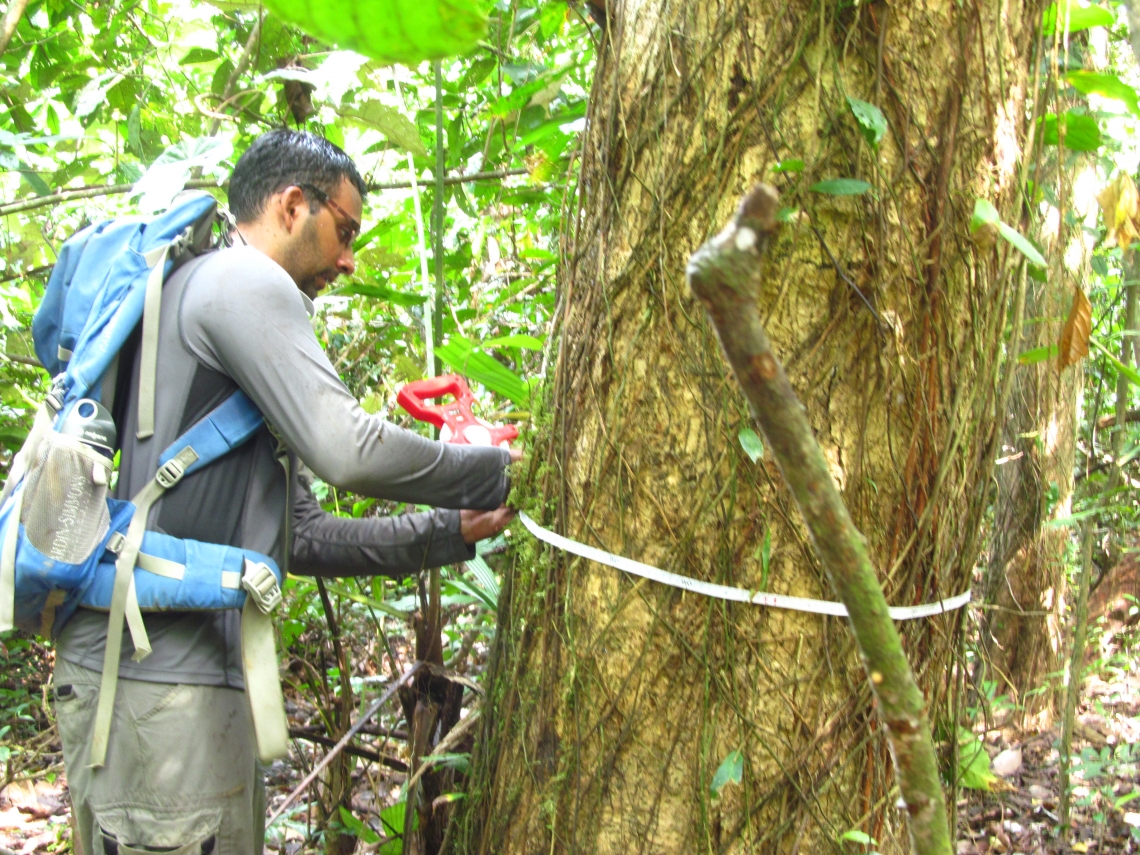
Sun bear_H malayanus_Sabah Malaysia_researcher measuring tree climbed by sun bear_D Garshelis
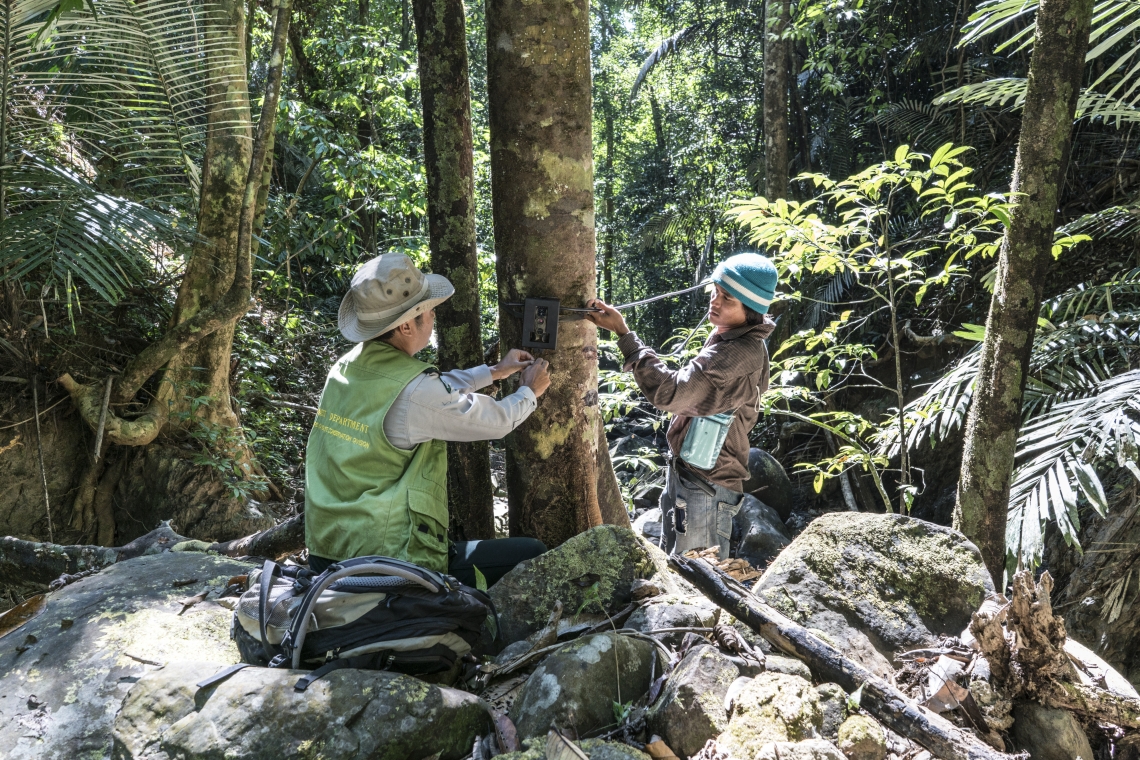
Sun bear_H malayanus_Myanmar_setting camera trap_Chiara Luxardo
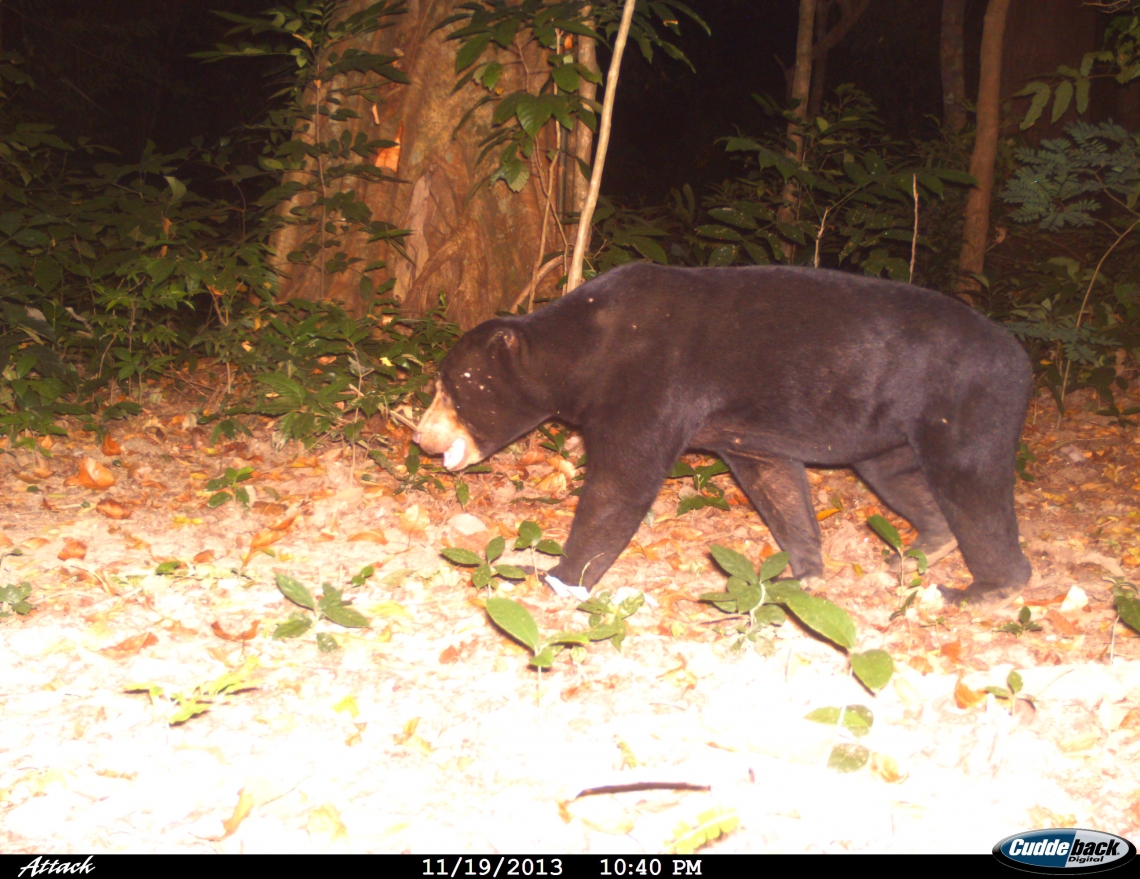
Sun bear_H malayanus_Northeast India_camera trap photo_Priya Singh
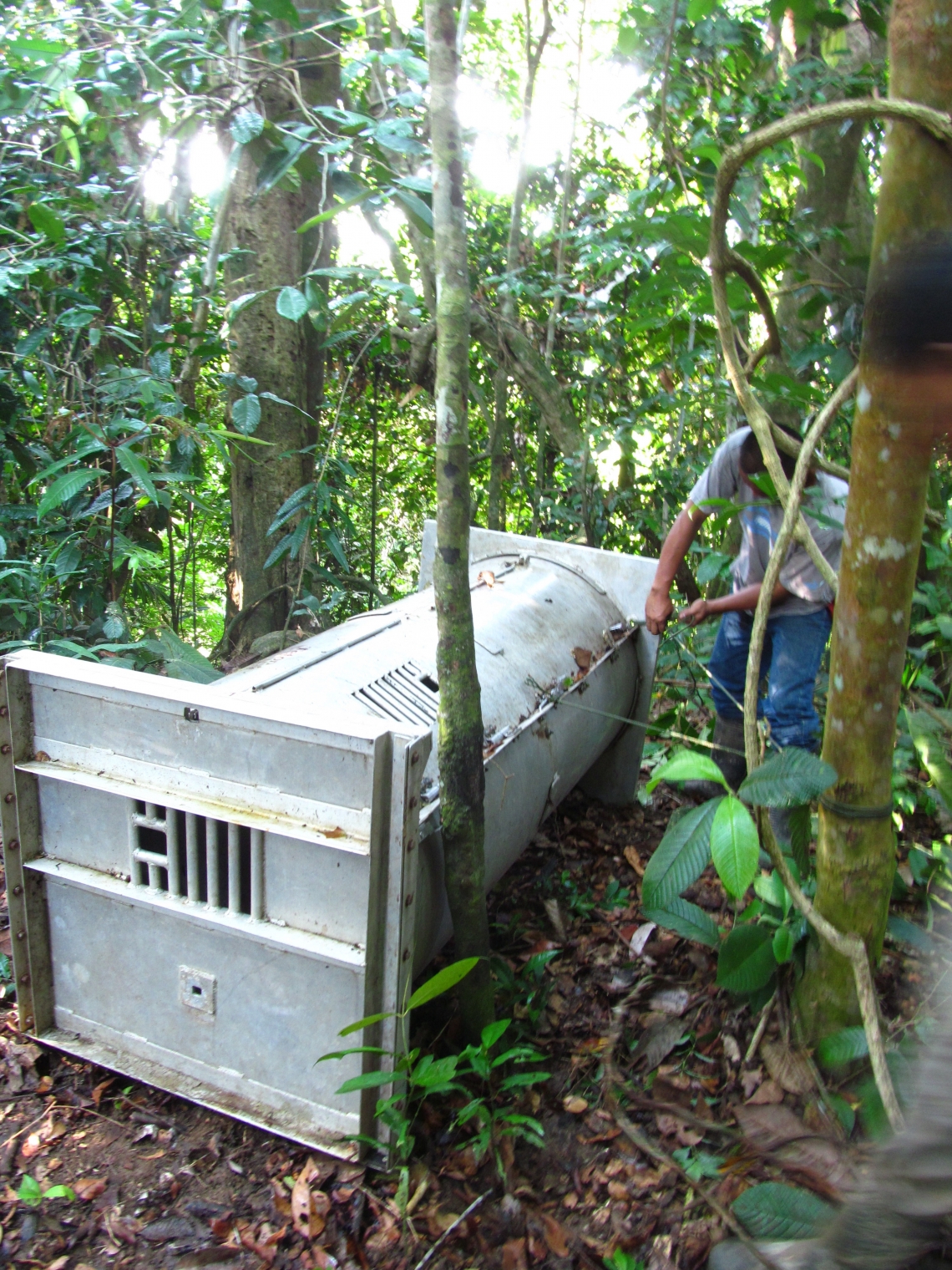
Sun bear_H malayanus_Sabah Malaysia_researcher adjusts culvert trap_D Garshelis
Conservation actions: Sun bears are legally protected domestically and internationally from hunting and trade throughout most of their range. However, deficiencies in law enforcement are recognized as a major ongoing weakness.
The two key aspects of sun bear conservation are habitat protection and anti-poaching actions. Efforts are underway in some areas to connect forest fragments with corridors, to increase population size (combining small populations to help to guard against extirpation), and also enhance genetic interchange.
Non-governmental organizations (NGO’s) have established bear dedicated rescue centers in Cambodia, Vietnam, Lao PDR, Thailand, Malaysia and Indonesia with the primary aim of providing sanctuary to bears confiscated from the illegal wildlife trade. Bear rescue centers can play a key role in raising local awareness on the threats to sun bears and the conservation value of ecological services provided by bear habitat. Some centers operate dedicated outreach teams, providing structured learning programs that can reach tens of thousands of people each year. Likewise, centers support capacity building of local conservationists, and facilitate in-situ and ex-situ research and conservation.
The 1st International Symposium on Sun Bear Conservation & Management took place in 2017 and led to the development of a comprehensive in-situ and ex-situ status review and action plan for the conservation of sun bears throughout their range. This action plan details priority actions to be implemented during 2019 – 2028 in order to advance sun bear conservation. Subsequently a prospectus was developed of priority topics for ex situ research that would contribute to sun bear conservation.
Click here to download unabridged version of sun bear conservation action plan (pdf)
Click here to download abridged version of the sun bear conservation action plan (pdf)

Sun bear_H malayanus_range mapping workshop Wong Tumbelaka Augeri Minkowski Fredriksson_ D Garshelis

Sun bear_H malayanus_Kalimantan Indonesia_Patrol team_Jason Savage
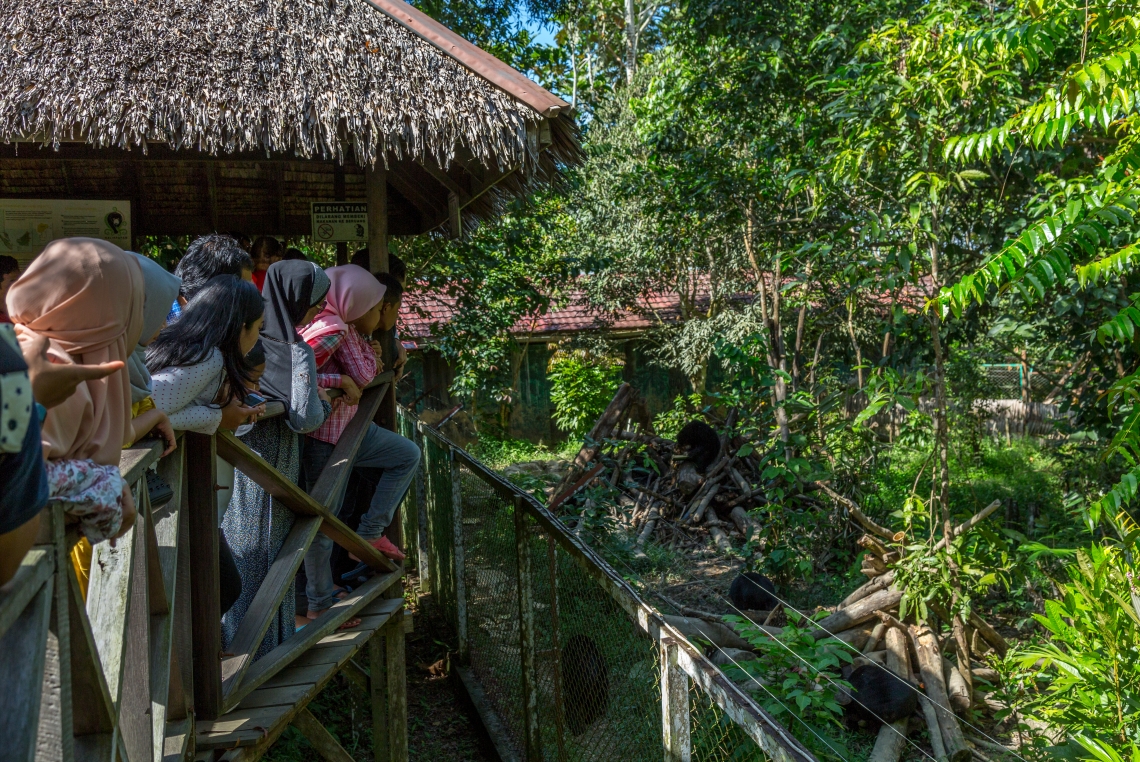
Sun bear_H malayanus_Kalimantan Indonesia_Visitors to KWPLH sun bear education centre_Nick Heard

Sun bear_H malayanus_Kalimantan Indonesia_students learn about sun bears in education centre
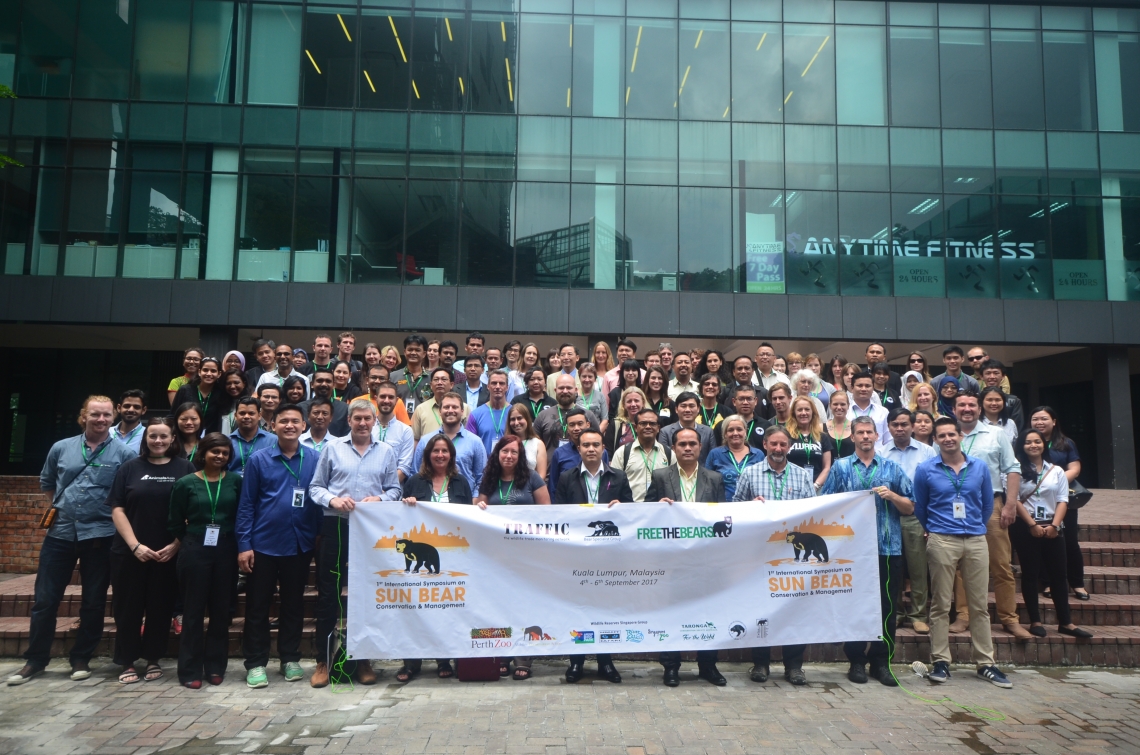
Sun bear_H malayanus_Kuala Lumpur Malaysia_Participants at the sun bear symposium 2017_Free the Bears
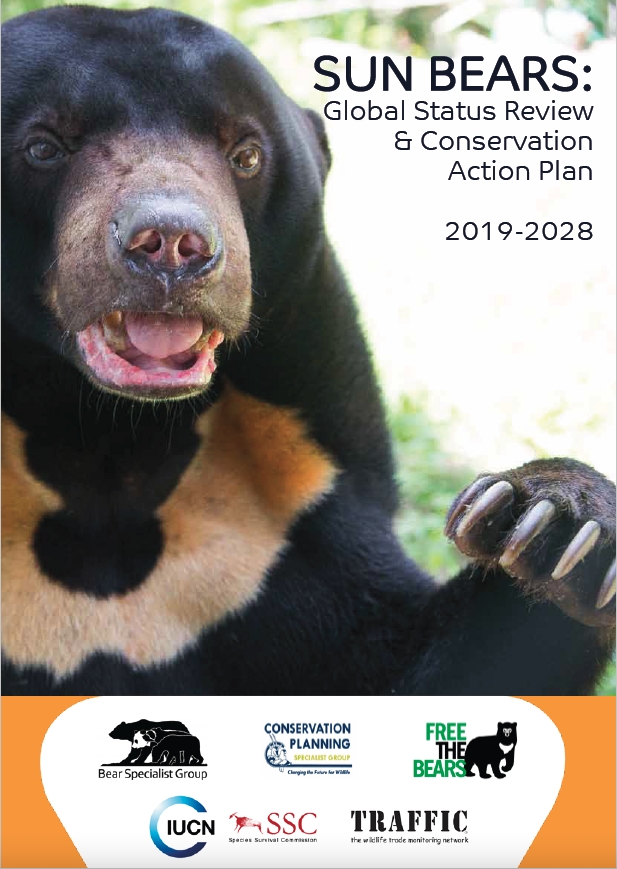
Sun bear_H malayanus_Global status review and conservation action plan 2019
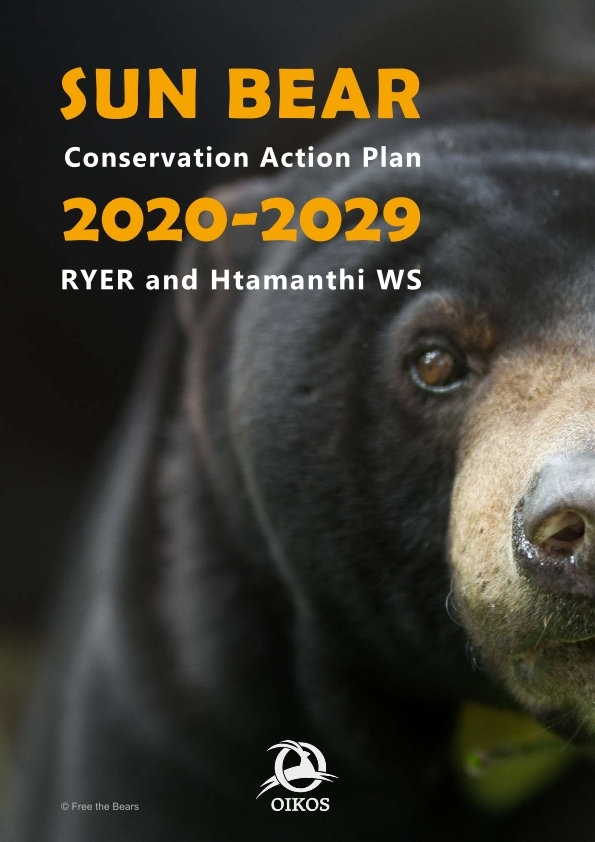
Sun bear_H malayanus_Conservation action plan Myanmar
Sun bear H. malayanus_Thailand_scent on tree documents use of corridor connecting protected areas_Dusit Ngoprasert